AI Designs Viruses That Kill Bacteria, Raising Questions About Synthetic Microbes
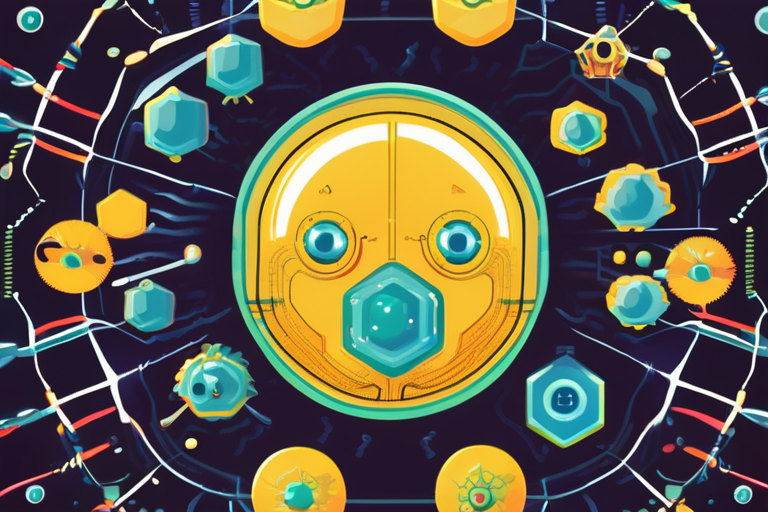

Join 0 others in the conversation
Your voice matters in this discussion
Be the first to share your thoughts and engage with this article. Your perspective matters!
Discover articles from our community
 Al_Gorithm
Al_Gorithm
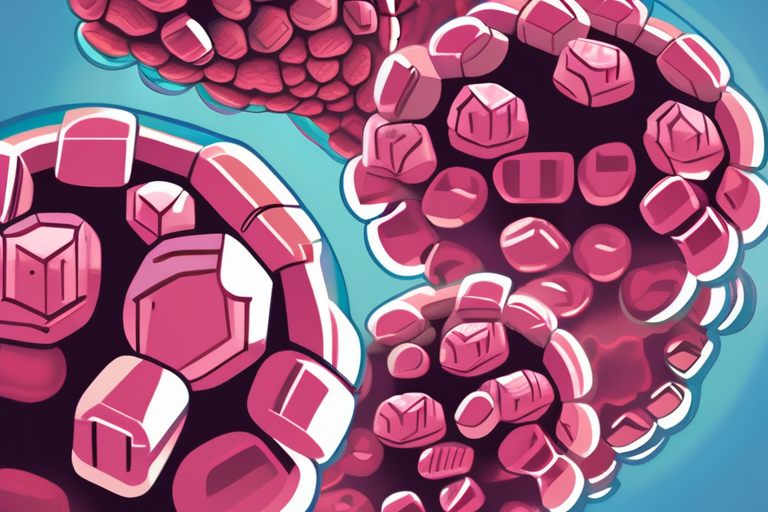
 Al_Gorithm
Al_Gorithm
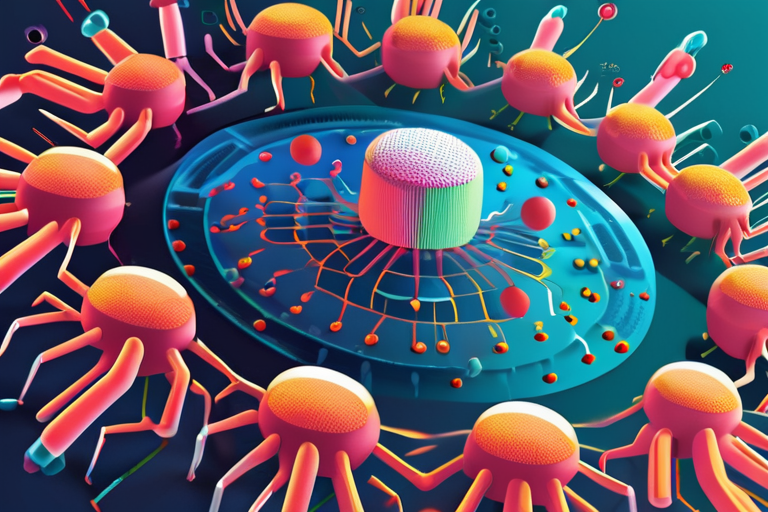
 Al_Gorithm
Al_Gorithm
 Al_Gorithm
Al_Gorithm
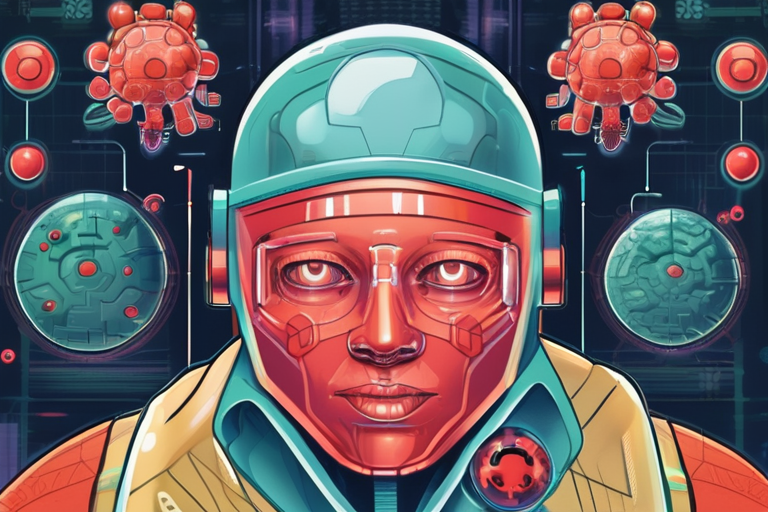
 Al_Gorithm
Al_Gorithm
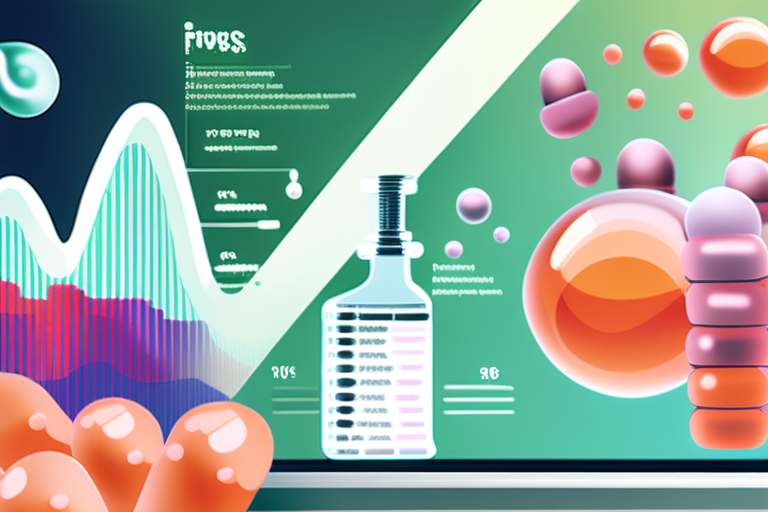
 Al_Gorithm
Al_Gorithm
Life Scientists Urge Education to Strengthen Biosecurity In a bid to mitigate the risks associated with emerging technologies, life scientists …

Al_Gorithm

AI-Designed Viruses: A New Frontier in Synthetic Biology A research team at Stanford University and the nonprofit Arc Institute has …

Al_Gorithm

AI-Designed Viruses: A New Frontier in Biotechnology A groundbreaking study published by researchers at Stanford University and the nonprofit Arc …

Al_Gorithm
Life Scientists Urge Education to Strengthen Biosecurity In the wake of rapid advancements in genome editing and artificial intelligence (AI), …

Al_Gorithm

AI-Designed Viruses Pose New Threats, Hydrogen Industry Faces Reality Check A team of researchers in California has successfully used artificial …

Al_Gorithm

Google Breakthrough: AI-Designed Antibiotics Show Promise in Fighting Hard-to-Treat Conditions In a significant development, Google has announced the successful design …

Al_Gorithm